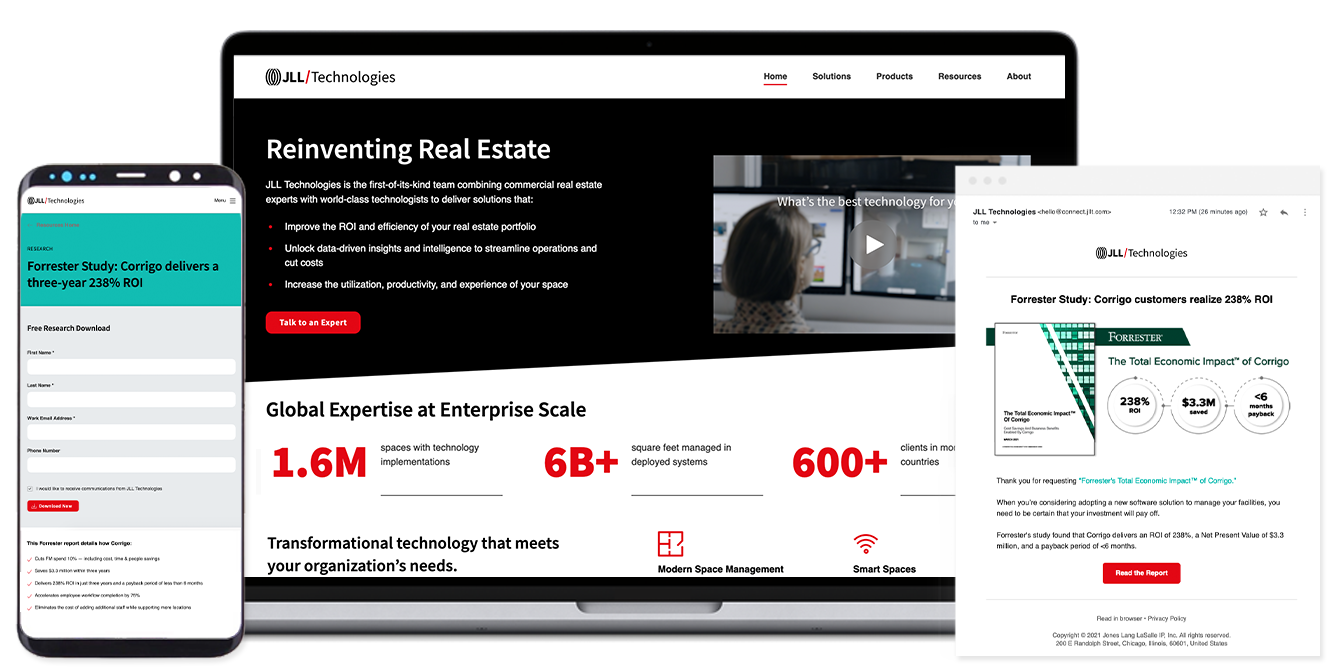
Maximizing Product Launch Success in Today's Media Landscape
Public relations professionals outnumber reporters 6 to 1, according to PR Daily.
For better or worse, reporters have less time and more pressure to produce content that draws eyeballs, which in turn fuel clicks on sponsored content and ads. Being a reporter is grueling, and the ones who do it best never cease to amaze me.
The startup founders and C-levels who want to be featured by said reporters need to understand this context. Most reporters simply don’t have the time to do a detailed interview about your product. Reporters are more likely to do a quick email Q&A or summarize the provided materials.
Here are the 6 things you should do to get coverage for your product launch and shape the narrative in the current media landscape:
- Make the reporter’s job easier
Make a targeted list of reporters who actually cover this type of thing. Then package everything the reporter needs to know in a short email that includes “who, what, why, when” and an easy way to access the press release, media assets, and spokesperson commentary. - Really understand the “why”
Why should the press care about your product in the grand scheme of things? What gap is it filling? The answer isn’t “we do it better than our competitors.” Think bigger. What market trend are you capitalizing on? What evidence do you have to support this? Where is the tension? - Offer something novel
Consider surveying customers to identify broader market trends, pain points, or traction related to your product. Or perhaps your product gathers a unique set of data that could be analyzed. Reporters are always on the lookout for supporting facts they can reference again and again. - Leverage a marquee customer
If you are an early stage startup lacking brand awareness, compensate with a shiny customer endorsement, case study, and joint media interview. Start thinking about this early and bake in a customer reference into the sales contract (for a discount). - Boost credibility
Whether you are new to a market or just new in general, you’ll need to give the reporter a reason to care. Named customers and original research are both good sources of credibility, but other sources include premier investors or partners, customer counts, total revenue or year-over-year growth. If you lack credibility in one area, you can make up for it by disclosing some proprietary business data that positions you well in the market and sparks the reporter’s interest. - Invest in sponsored content
Having a hard time cracking into that one publication all your customers read? Inquire about paid content and ad programs. You might find that after paying for placed content, the editorial team is a bit easier to get a hold of. Of course, you’ll still need to follow the advice above once you have their attention.
When planning your product launch, always consider the media value to set realistic goals. A dot point release for a product isn’t likely to be big news, but adding a compelling customer story, customer research or business momentum data can increase its media traction.
When measuring your success, look at the number of articles earned, categorized as feature articles or mentions, and consider the messaging resonance — how closely does the reporter’s take align with the company’s messaging? How can we improve next time?
Finally, layering on performance data, like organic and UTM traffic to the website, will give you a more complete picture of your product launch’s business impact.


